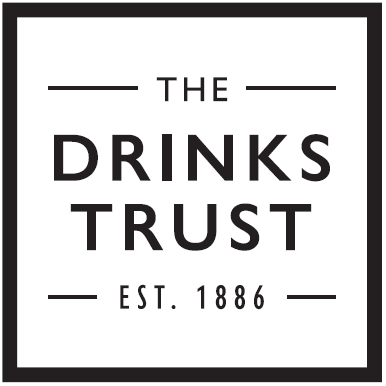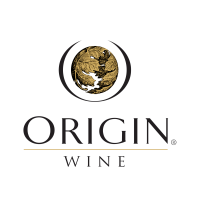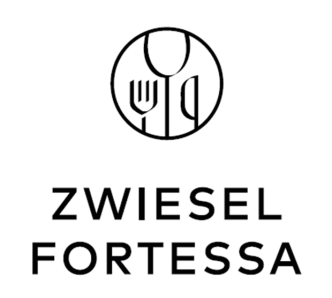This is Tenuta Argentiera at the southernmost edge of the Bolgheri DOC, the Italian wine region synonymous with acclaimed Super Tuscans. Tuscan reds made from French grape varieties.
This wine estate is both the closest to the Tyrrhenian coast and the highest in Bolgheri, reaching 200m above sea level. Two factors that ensure slow ripening and good acidity even in hot vintages. Two factors that make it stand out in Bolgheri.
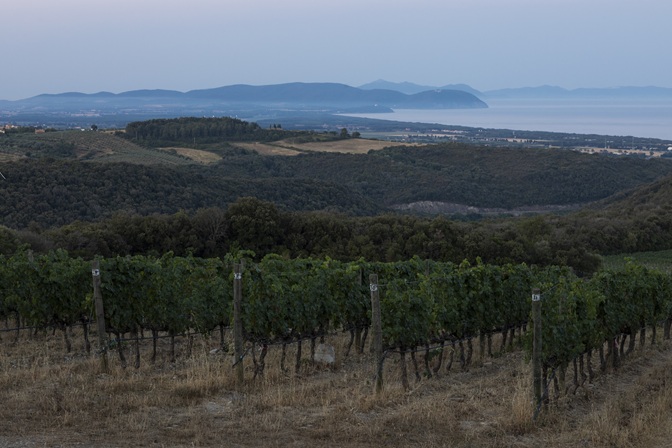
A region and winery that is relatively young. Unlike the great wine regions of Italy and the ancient cellars in other parts of Tuscany. But it carries something older. A sense of place. A stillness. The feeling that things grow here the right way. Quietly. Organic without being certified. Sustainabilty as a core value, not a marketing gimmick. Authentic environmental responsibility, including water conservation, minimal intervention, and biodiversity protection. Hills clad in woodlands, Mediterranean scrub, olive trees, vines. Natural wind corridors. Buffers against environmental stress.
The name Argentiera – from the word ‘argento’ (‘silver’) – reflects its past. Silver mines once dotted these hills. Now they are green. Lush. With more leaves kept these days to shade the bunches from the midday and afternoon sun. Vines for reds with a little white and pink. In dark glass bottles with labels sharp and fine. Fine line drawings evoking this landscape. Everything about the wine – the bottle, the winery, the vineyard, the land – speaks of care. Not flashy. Not loud. The kind of silence you trust. Clarity and weight. You listen. You see.
They did not try to imitate. That was their first good choice. Bolgheri had names already – Sassicaia, Ornellaia, Masseto. Giants in the world of fine wine. But Argentiera did not chase giants. It grew quiet and sure. It dug deep. Studied the ground. From sandy plains to clay-limestone slopes and mineral-rich marl and shale. A mosaic of soils to help build structure, minerality, and complexity in each plot’s fruit.
It let the grapes do the talking. Cabernet Sauvignon. Merlot. Cabernet Franc. Grapes with muscle and weight. Grapes with reputations.

But a wine brand is more than grapes and vines. The building rose – stone, glass, and wood. Clean lines. Wide views. Long views. Stretching to the islands of Elba, Capraia and Gorgona and to the mountains of Corsica. From the terrace of a wine estate founded in 1999 and now owned by Austrian entrepreneur Stanislaus Turnauer.
And below the terrace, an 850sq m cellar with a total capacity of 8,500hl. Steel, cement, oak. Enough to vinify 45 plots separately.
Fermentation in steel or cement at 26-28°C. Gentle. Long. Followed by an extra ten days of maceration at 30°C. Then ageing in oak.
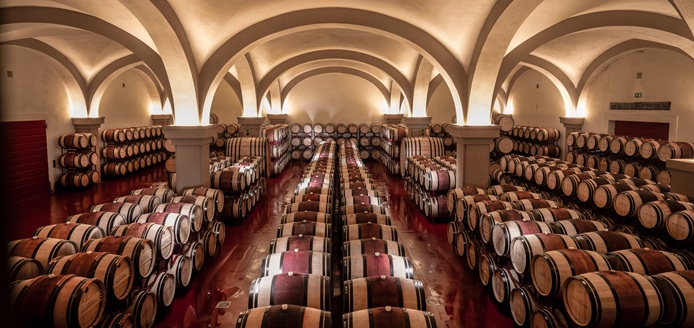
Below the floor of steel tanks is a barrel cellar buried in the earth. Cool and dark and long. Fed by gravity. 225L barriques and 500L tonneaux resting in silence. Under grandiose arches that punctuate the lines of the ceiling.
After blending, six months’ further ageing and clarification in cement...
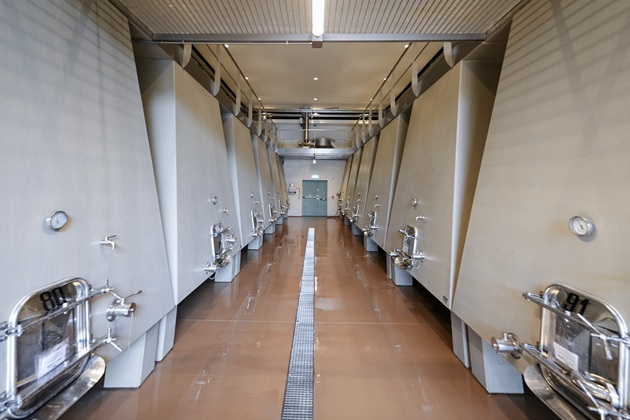
That’s Argentiera, the flagship wine named after the estate. The ultimate expression of the terroir from a winery that was built to last. A winery that takes its inspiration from the ancient fortresses of the Grand Ducal Tuscany of the Presidi. Strategic. Guarding the surrounding territory. Not for show. For work. For patience.
You walk the rows of barrels. 1,200. French. You feel the time it takes.
The wines improve. Year by year. Vintage by vintage. Critics notice this. Chefs and collectors and sommeliers take note, too. Its reputation grows. But Argentiera still doesn’t shout. It whispers. It pours its wines. In New York. In London. In Tokyo. In Bolgheri. Always with calm. Always with confidence. Always with beauty.
After all, luxury is not a scream. It’s a steady voice. It is knowing who you are and staying there. Argentiera never ran after trends. Never changed the label to chase a market. It held still. And in that stillness, it grew.
Modern luxury is made of old truths. Soil. Light. Wind. Hard work. Argentiera built on these. But it added something new – clarity of brand, of vision. The wines make a strong statement, but the brand is stronger. Not louder. Sharper. More refined.
You drink it. You don’t need any words. It’s the taste of Bolgheri. The hill. The sun. The soil. The stone. The silence.
Tenuta Argentiera is a case study. Not in marketing alone. In restraint. In faith. In how to build something that feels inevitable.
And in this world, where noise is easy, that is rare. And that is true luxury.
If someone asked me how to set up a wine business, I would point them to this hill overlooking the Tyrrhenian Sea. To Tenuta Argentiera. It has it all.
It is a great example of how to build a modern luxury wine brand.
From its deliberate vineyard selection to its architectural elegance, from its tiered product offerings to its immersive hospitality, Argentiera offers a roadmap – drawn in red wines, limestone, and vision – showing how to build more than a winery. More than a wine brand. How to build a legacy.
Step 1: Select a beautiful site
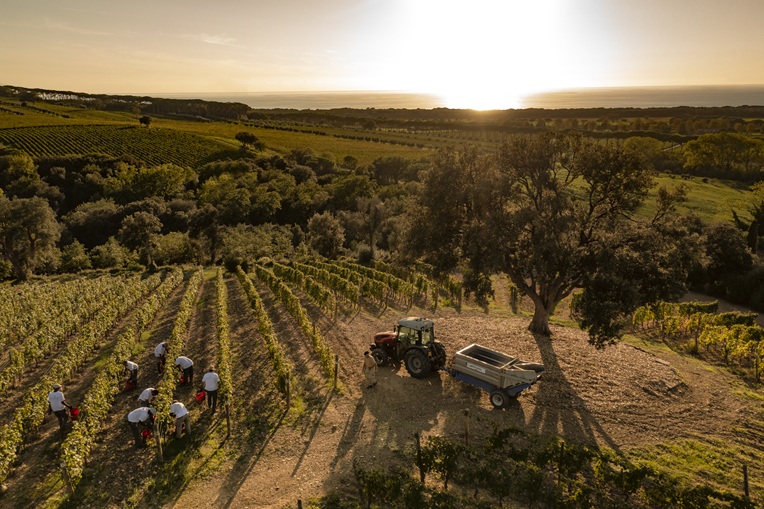
Nestled on the rolling coastal hills of Tuscany’s Bolgheri DOC stands Tenuta Argentiera.
Step 2: Check it offers a complex terroir
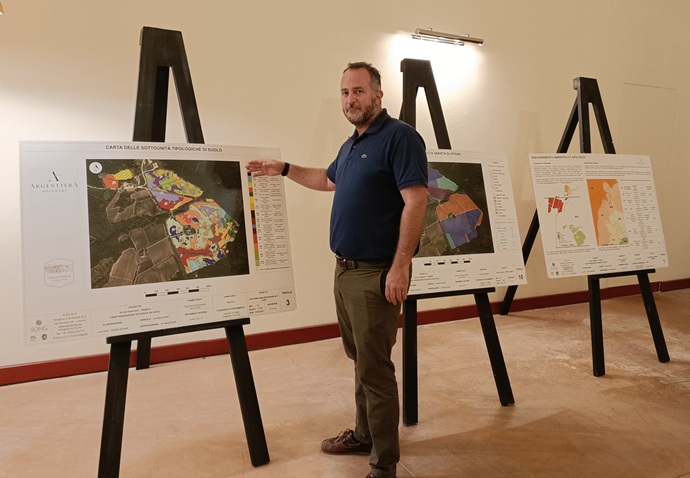
The rare mix of high elevation, sea breezes, the mirror effect of the water, mineral-rich soils, surrounding forest, and skilled winemaking creates ideal conditions for producing vibrant, character-driven wines with a sense of place.
The soil composition varies throughout the 85ha of vineyards. “The lower areas are mostly sand, typical throughout much of Bolgheri, but we also have limestone and clay, minerals that are very unusual this close to the coast,” notes head winemaker Nicolò Carrara (above). “That’s a big part of what gives quality to our vines and wine.”
He adds: “It’s a very special place to grow wine. The sea’s reflected light and breezes help us, as does the surrounding forest. There’s a good balance between the maritime conditions and natural land, of which our vineyards benefit from both.”
Step 3: Build a beautifully functional winery
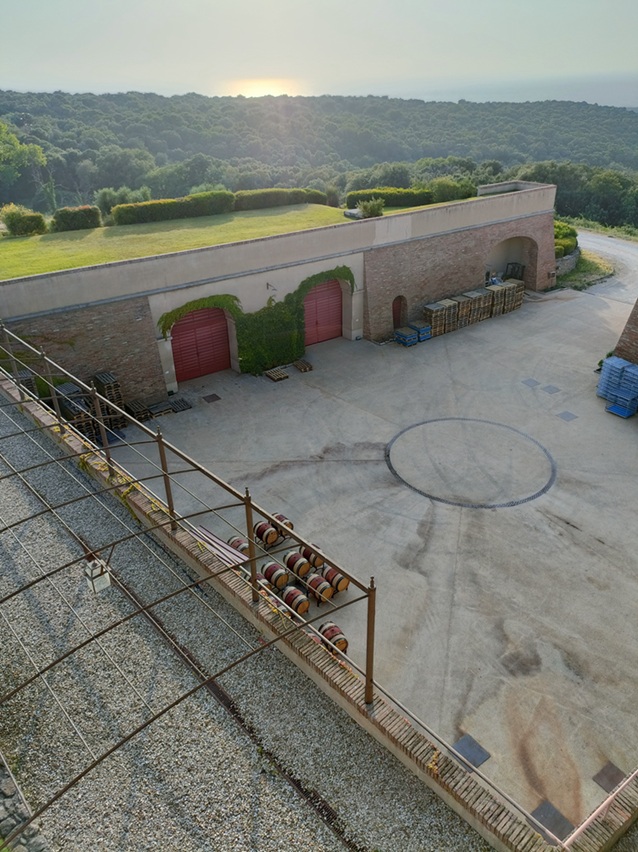
Perched on a scenic plateau above the Tuscan coast, Tenuta Argentiera is one of Bolgheri’s most striking estates. Aesthetics in harmony with the landscape and its history, shaped with recycled materials, exposed terracotta and stonewalls, travertine elements, and earth-pigmented plasters, timeless shapes and structures. A winery that is the visual embodiment of the brand’s identity.
But as well as being a ‘big house’, it has large spaces for wine processing and significant production facilities located underground to optimise thermal conditions and minimise the impact of the building on the landscape. The functional parts include a large work courtyard for vehicle access (above), and a spacious covered and air-conditioned room for receiving the grapes.
Step 4: Produce a focused portfolio
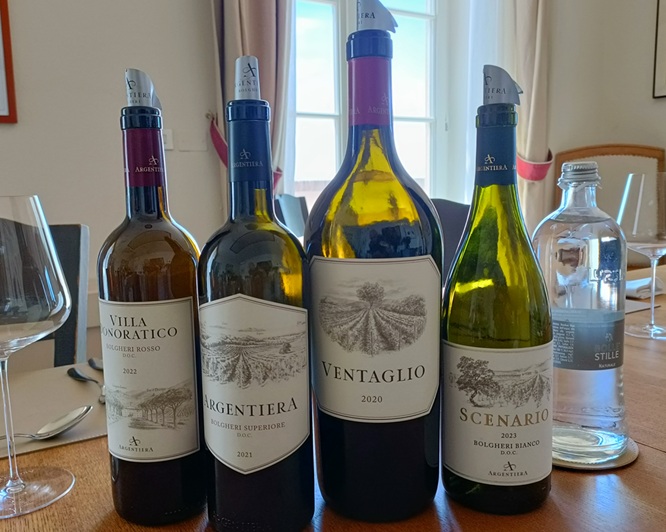
The estate has resisted the temptation to over-diversify or experiment outside the region’s core identity, reinforcing a sense of place and purpose. It has also always prioritised quality over volume, even when rapid expansion might have offered short-term gains.
Argentiera’s wine portfolio centres on the classic Bordeaux varieties of Cabernet Sauvignon, Merlot, and Cabernet Franc – but tailored to Bolgheri’s climate. The estate’s entry-level red, Poggio ai Ginepri, comes from the lower sandy parcels closest to the Aurelia road. A bit higher, Villa Donoratico grows in soils with more clay and limestone. The emphasis here is on the Cabernet Sauvignon (50%), with 30% Merlot, 15% Cabernet Franc, and 5% Petit Verdot completing the blend. The flagship Argentiera is a blend typically anchored in about 48% Merlot with 45% Cabernet Sauvignon and 7% Cabernet Franc. It is sourced from the highest vineyards, where the clay content is as high as 90%, dotted with limestone rocks.

The only single varietal wine is Ventaglio, a Cabernet Franc from a 1.5ha plot at 120m above sea level. The vineyard (above) embraces the entire apical surface of the hill – the name Ventaglio meaning ‘fan’ – and the wine is a blend of the grapes that benefit most from the morning, midday or evening sun, vinified separately.
This tiered structure of the portfolio allows Argentiera to capture multiple market segments without diluting the brand. Depth with clarity is more effective than wide and shallow.
Step 5: Sensitive winemaking
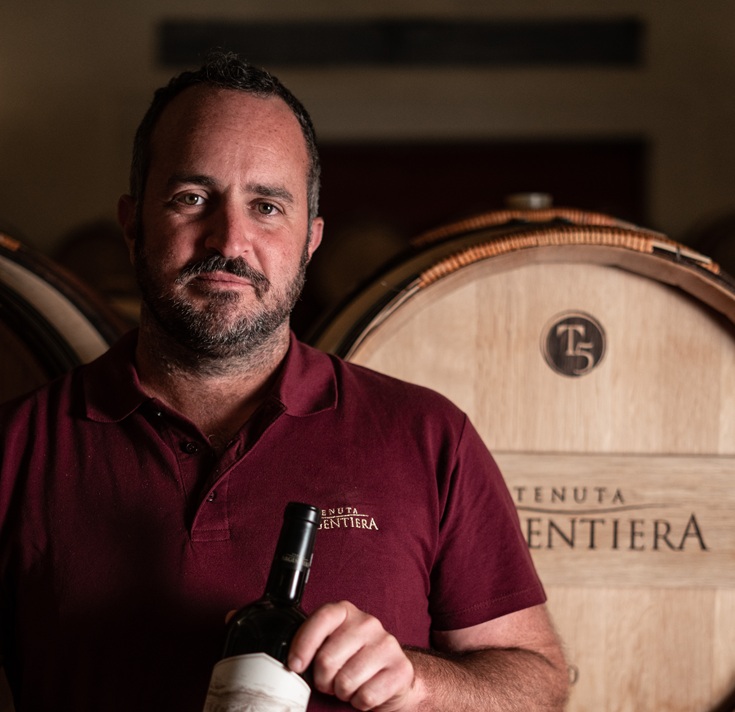
A light hand prevails in all aspects at Tenuta Argentiera. But especially in the cellar. “We try to avoid interventions in the vineyard, and we do the same in the winery,” says Carrara (above). Grapes are moved gently by gravity with no crushing, just slow fermentations and extended macerations that last up to 30 days.
The only additions are yeast and sulphur. “We strongly believe so much about this place, we cannot add anything,” he elaborates.
Carrara likes the vintage to shine through. “I like to see big differences,” he tells me. He would rather exaggerate the character of the vintage than blend for a uniform, consistent style. “I think it's the only way to let the people be introduced to our style, our wines and our place. Otherwise, it's just a standard production.”
Step 6: Surprise wine lovers with something different
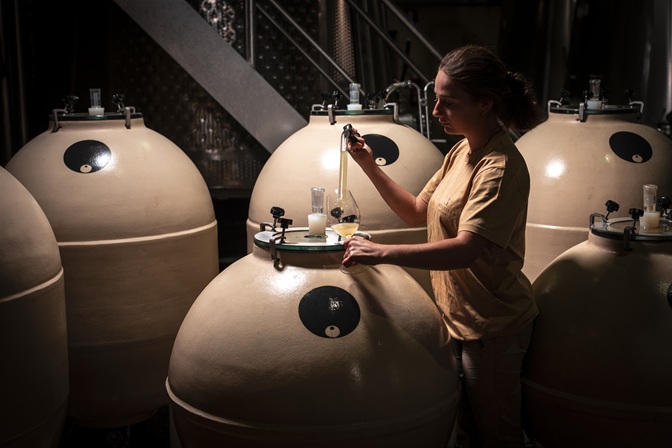
Beyond the reds, the estate recently introduced Scenario, a Vermentino made from a half-hectare vineyard in the sandy soil closest to the sea and shaded by pine trees.
The wine ferments and ages in 250L and 450L stoneware vessels (above) with a small portion in 320L untoasted cigar-shaped oak barrels. The result is Eco di Mare Toscana IGT Vermentino, a complex white that maintains freshness even after a couple of years of ageing.
Step 7: Creating brand ambassadors through wine tourism
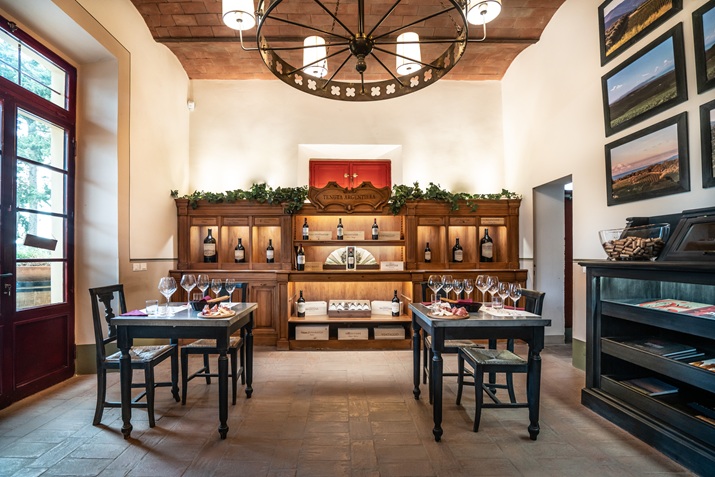
Knowing a well-designed visitor experience builds emotional resonance and free publicity, Tenuta Argentiera's offer ranges from casual tastings in the wine shop near the entrance to private vineyard walks and high-end food pairings. Their panoramic tasting terrace, which overlooks the sea and vineyards, is one of the most photographed wine destinations in Tuscany.
Here visitors can listen to the land, experience its beauty, feel the heat and the wind, and smell the sea.

 English
English French
French
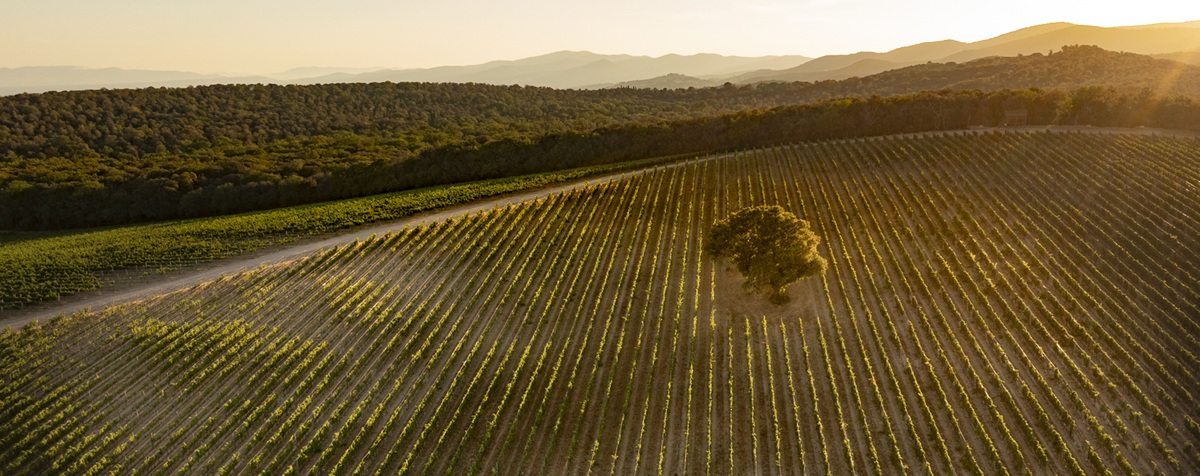




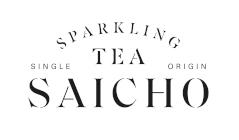




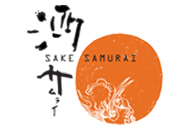
.png)

